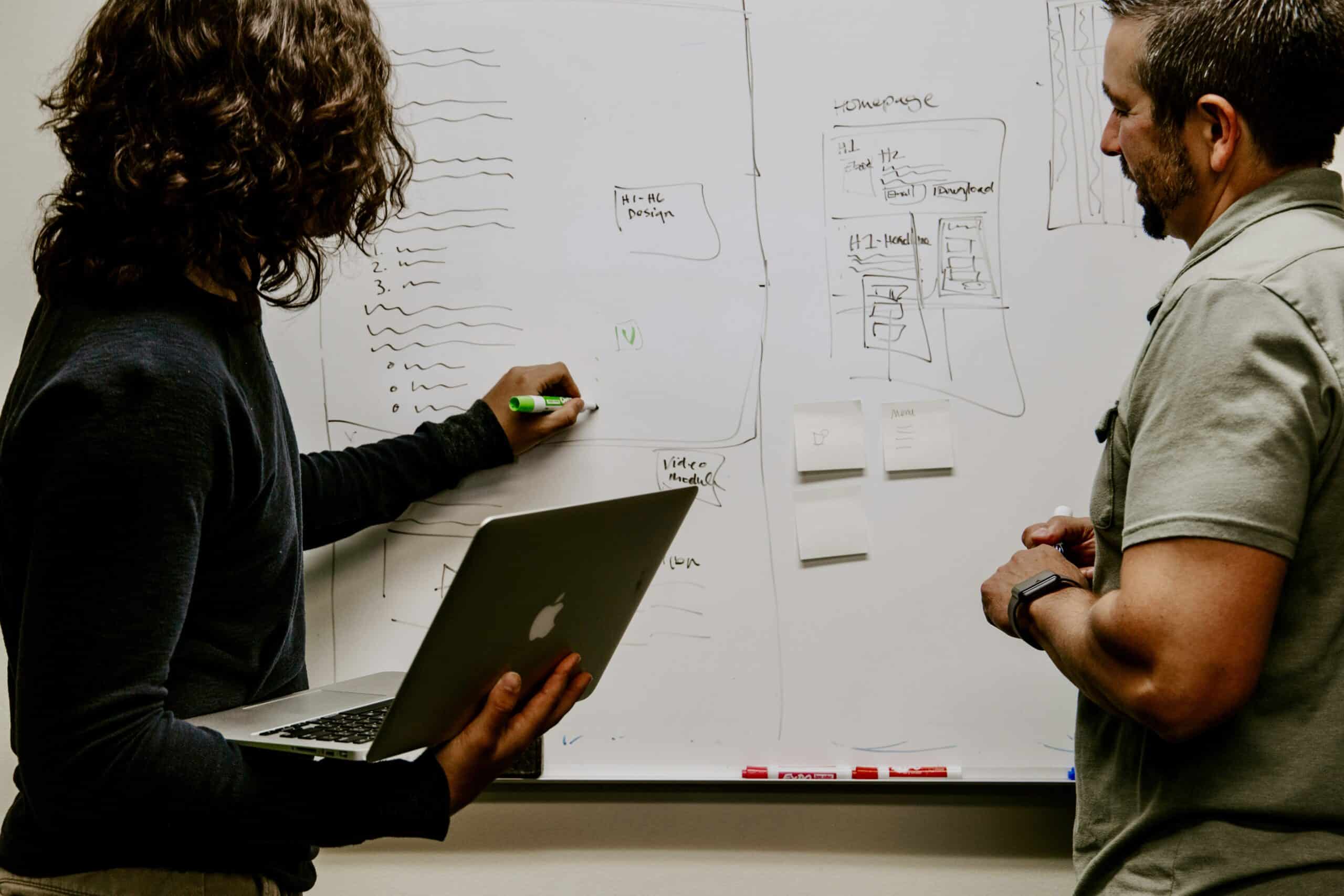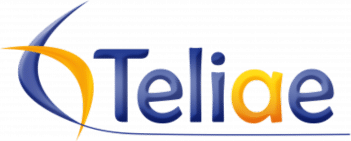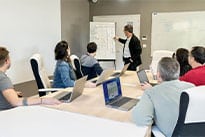Intuitive and quality Qualiopi training
Train yourself in WMS EGO

Frequently asked questions about WMS EGO training?
Today you may be asking yourself many questions:
– How to increase the skills of your teams on the EGO WMS gradually?
– How to facilitate your teams’ acceptance of the use of the EGO WMS?
– How to master the main concepts of WMS EGO to be autonomous?
– How to adapt your teams to your logistics processes?
– What posture and conditions must be put in place by the trainer for effective training?
These questions are completely legitimate. With our expertise in logistics, SITACI supports you to answer your questions and help you gain efficiency.
EGO WMS Implementation Phases
Study phase
Preliminary presentation : Presentation of the WMS from the study phases through our Onboarding. This allows future users to be gradually introduced to the vocabulary and concepts of the EGO WMS.
Practical phase of the solution
Practical scenarios : Training on various cases of logistics flows specific to your warehouse/company. Project teams and Key Users practice independently using recipe books and guides provided by SITACI.
Deployment and start-up phases
Training of end users : The Key Users or the project team train the end users based on the operating methods previously developed.
When you are a SITACI customer, you benefit from long-term support. Our extranet, Sita'Link is the perfect example!


Our key training principles
Participants' needs: SITACI identifies the needs and expectations of participants during a round table discussion at the start of the training.
Non-judgment: We encourage questions and discussions without judgment.
Active listening: Our experts promote the group as a collective resource.
Freedom of speech: SITACI promotes caring and free communication.
Mutual commitment: Our experts structure the training in half-days to allow participants to manage their day-to-day affairs outside of the sessions.
Simple, high-quality administrative follow-up
At SITACI, we ensure rigorous monitoring of our training, respecting the requirements of Qualiopi certification and the needs of your OPCO.
Before training
– Preparation of training agreements, programs, attendance sheets.
– Sending explanatory emails and invitations with documentation.
During training
– Definition of the “living environment” and collection of participants’ needs.
– Assurance of the signing of attendance sheets and the positioning of trainees at the start of training.
After training
– Distribution of evaluation questionnaires and sending of review emails.
– Return of attendance sheets and trainer’s assessments.
General training monitoring
– Validation of attendance sheets and production of certificates.
– Collection of assessments and discussions with you for optimal support by the OPCO.

Quickly discover how EGO WMS training certified Qualiopi by SITACI can transform the logistics management of your company. Our experts will guide you at each step, guaranteeing a gradual increase in skills and total mastery of the tool. Benefit from personalized training , adapted to your needs, and join our many satisfied customers.
Contact us today to optimize your logistics flows and reach new heights of productivity!
Book a demo
Contact us to book your EGO WMS demo
Ready to find out how we convinced more than 580 customers to optimize their logistics with EGO WMS?
Please fill out these fields
to book a demo


















